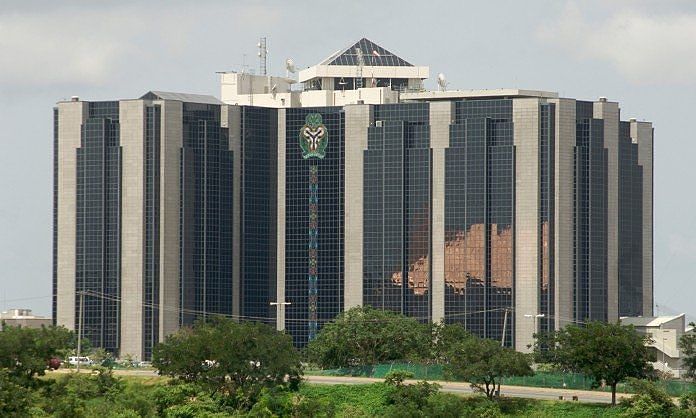Two MPC members, Dr Doyin Salami and Prof. Balami Dahiru Hassan have revealed that four commercial banks in Nigeria are functioning with too many non-performing loans on their books as well as liquidity ratios below the minimum requirements.
In Hassan’s reports, he stated that the capital Adequacy Ratios for the nation’s banking industry had worsened to 11.51 percent in June as against its 12.81 percent in April despite the regulatory minimum
of 15 percent for banks with international standard
He said,” The financial performance indicators showed that when the four outlier banks were removed, the CAR, NPLs ratio and the Liquidity Ratio are all above the prudential requirement.
“The banking sector liquidity ratio showed that all DMBs registered above the minimum of 30 percent liquidity ratio with the exception of four outlier banks.
“The stress test, therefore, shows that the Deposit Money Banks are less resilient to shocks. ”
Hassan also stated that the NPLs stood at 15.07 percent in June compared with the five percent regulatory limit.
While Salami in his own reports said that ratio stood at 8.17 percent when excluding the four lenders in question.
In his words, “The financial system stability report the CBN staff highlights one of the biggest challenges with which central bank must grapple.
” At slightly over 15.0 percent, the portfolio of the NPLs as a proportion of total loan book of banks remains above the regulatory maximum and continues to rise.
“Whilst the CBN staff continue to note that once the figure is discounted for the impact of ‘four outlier banks’, the NPL ratio drops to 8.17 percent.”
The international Monetary Fund(IMF) which is working to foster global monetary cooperation, and secure financial stability have urged Nigerian policymakers to fasten the increase in the capital of the undercapitalized banks and put a time limit on regulatory forbearance.
This is coming after it had stated last month that four banks were under-capitalised.
In other to enhance good regulatory and working capital, some mid-size banks have also sought out alternative ways to raise fresh capital despite the economic recession .
In the midst of all these, the Union bank of Nigeria had disclosed its start-up of N50bn share sale to existing shareholders.
Salami further more reiterated his stands on the MPC statements saying, “i don’t believe in half-truths, if you have read my statement in the past two years or more, you would have seen that. ”
In reaction to the development, Mr Ayodeji Ebo, the managing director of Afrinvest securities, said that the economic challenges had greatly affected the banking sector in the year 2016, and this has led to increased NPLs in the banks’ books leading to low liquidity ratio.
Renaissance Capital, an investment bank, in its most recent report titled, ‘Nigerian banks: Survival of the fittest’, said, “We believe that the focus for the banks that have struggled in this environment is to clean up their loan books and strengthen their capital positions.
“In our view, the biggest risk to both the NPL clean-up process and capital is the currency, as most of the banks continue to use the official rate (N305/$) to market their foreign currency exposures.
“We acknowledge that current market valuations remain depressed for the tier-2 banks, although the year-to-date share price increases and the improved macro outlook should make these banks more willing to engage in discussions about a capital raise. This, in our view, will drag out the prospect of an RoE recovery.
“For the entire banking sector, we believe that there is a risk to NIMs in FY18 given the scope for monetary policy easing. We expect that general business activity will also start to slow down in 2H18, ahead of the 2019 general elections. All of these factors could contribute to a delayed recovery for some of the banks.”
In view of all the challenges experienced in the banking sector, some economic analyst, have assured of a better liquidity ratios in the four banks at the end of a third quarter.



Leave a Reply